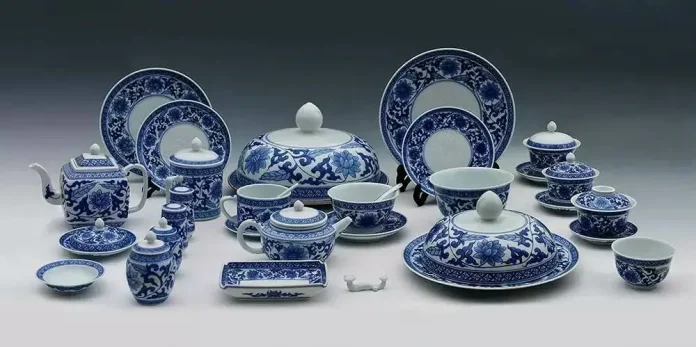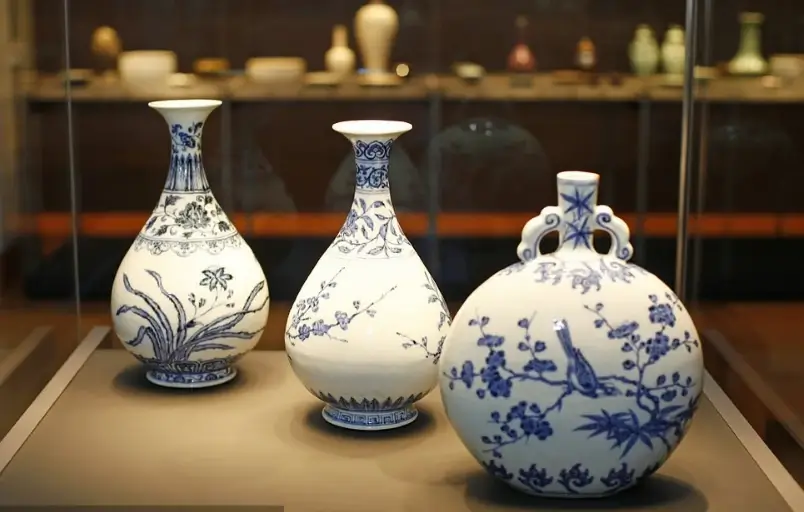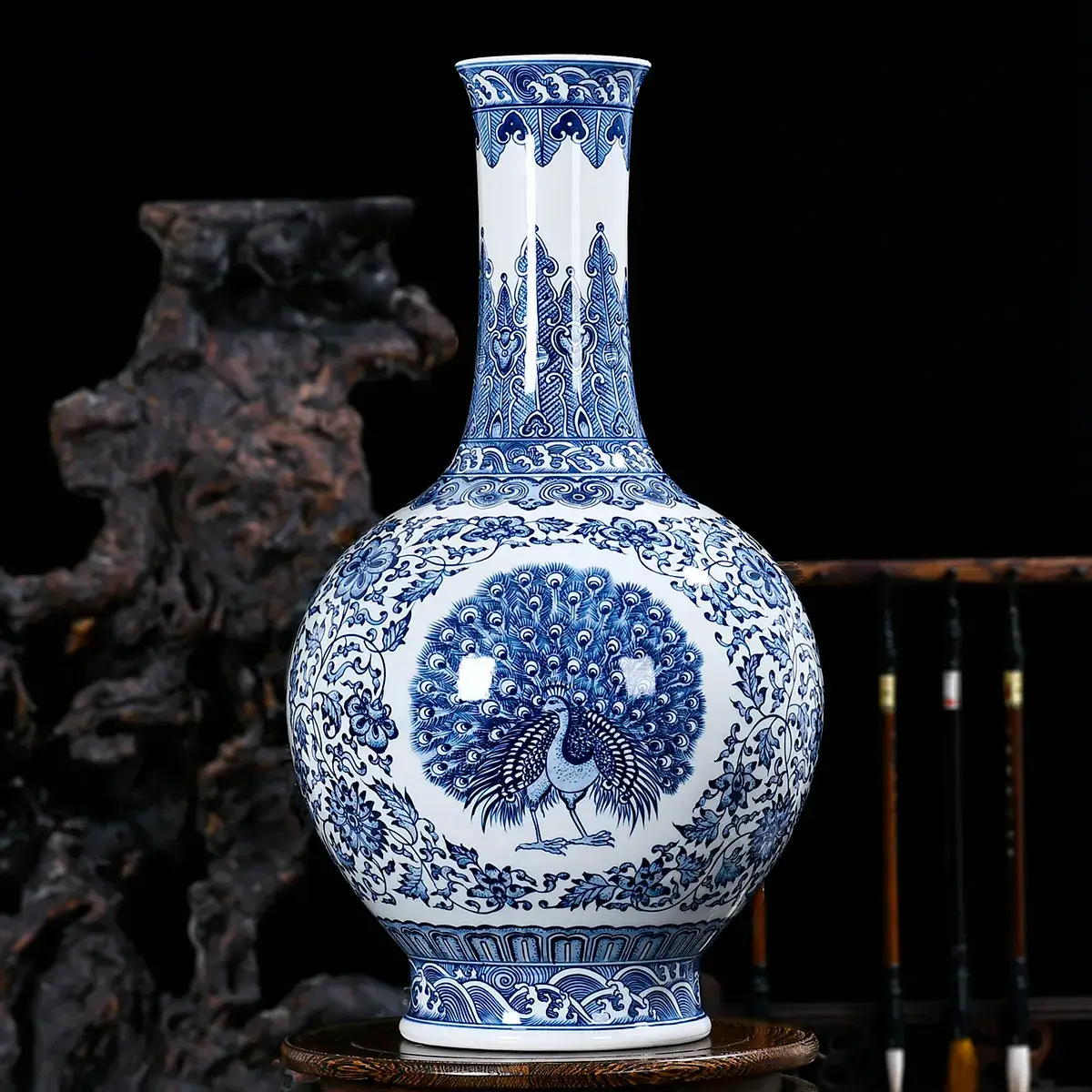China is one of several ancient civilizations with a long history in the world, and has made many significant contributions to the progress and development of human society. The achievements made in porcelain technology and art are of special significance. Chinese porcelain is a type of porcelain made in China, and in English, “porcelain” is the same term as “China” in China. Porcelain originated from ancient Chinese craftsmen and is an important creation of ancient China.
Porcelain has a long history in China, dating back over 2,000 years. Porcelain was first invented in China during the Shang dynasty (1600-1046 BCE). High quality porcelain wares became popular during the Tang dynasty (618-907 CE) and peaked in the Song (960-1279 CE) and Ming (1368-1644 CE) dynasties. Chinese porcelain was highly prized in overseas trade and inspired many porcelain traditions in Asia and Europe.
The prosperity of porcelain contributed to varied kiln traditions. China was home to many kiln traditions that produced distinct styles of porcelain. Major kilns include Jingdezhen kiln, Ru kiln, Jun kiln, Ge kiln, etc. Porcelains from different kilns vary in glaze color, clay composition, shape and decoration. Certain rare porcelains like Ru ware are considered cultural treasures. Chinese craftsmen developed innovative techniques that allowed porcelain production on a massive scale. Methods include molded relief, stamped or stenciled decoration, copper-red glaze, three-color glaze, etc. These techniques enabled porcelains with complex shapes, patterns and vibrant colors that were advanced for their time.
Chinese porcelains often feature symbolic designs that reflect Chinese cultural values. Common symbols include peonies symbolizing wealth and honor, dragons symbolizing power and fortune, cranes symbolizing longevity, etc. Auspicious patterns are also common, such as the endless knot. Chinese porcelain had a profound influence on other art forms. Its shapes, glazes and patterns inspired paintings, textiles, lacquerware, metalwork, and more. Porcelain also influenced garden and architectural designs. Meanwhile, Chinese artforms like scroll painting and woodblock printing were used to decorate porcelains. This fusion of art forms demonstrates the significant role of porcelain in Chinese material culture.
Speaking of Chinese porcelain, Jingdezhen is a city must be mentioned. Jingdezhen is a city in Jiangxi province, China. It has been known as the “Porcelain Capital” for producing the finest Chinese porcelains for over 1,700 years. Jingdezhen began large-scale porcelain production in the Tang dynasty (618-907 CE). It became the main production center in the Song dynasty (960-1279 CE) and reached its peak in the Ming (1368-1644 CE) and Qing (1644-1912 CE) dynasties. Jingdezhen porcelains made up a major portion of Chinese export porcelains.
Jingdezhen produced all the major types of Chinese porcelains – blue and white, famille rose, eggshell, colored glazes, etc. It was known for its high technical quality, innovative glazes and enameling. The styles evolved with the changing tastes in Chinese and overseas markets. Also the imperial workshops in Jingdezhen produced porcelain exclusively for the royal family and court. Imperial porcelains feature the highest quality materials and lavish decorations, representing the best of Jingdezhen’s tradition. They were symbols of status and power.
Besides imperial wares, Jingdezhen also produced porcelains for commercial purposes on a massive scale. These were exported to Asia, the Middle East and Europe through maritime trade. Commercial wares fueled Jingdezhen’s economic growth and prosperity. Porcelain production in Jingdezhen involved many craftsmen with specialized skills – potters, clay preparers, furnace workers, painters, glazers, etc. This division of labor enabled both small-scale artisanal works as well as large-volume commercial production. It was key to Jingdezhen’s dominance in Chinese porcelain manufacturing.
Jingdezhen porcelain had a profound influence on ceramic traditions worldwide. Its artistic paradigms, glazes, shapes and motifs were adopted and adapted in many regions. Meanwhile, Jingdezhen potters also adapted foreign ceramic styles to suit local tastes. This cultural exchange through porcelain trade shaped global material culture. Chinese porcelain gained widespread admiration and collection in other parts of Asia, the Islamic world, and Europe. The Chinese porcelain trade introduced new artistic paradigms that shaped art and craft traditions in various regions. Chinese porcelain remains highly prized by museums and collectors today for its artistic value as well as its importance in cultural exchange.
Chinese porcelain represents the peak of ceramic making and had a defining role in Chinese material culture. With a history of over 2,000 years, superb artistry and worldwide influence, Chinese porcelain deserves its reputation as one of China’s most acclaimed cultural contributions to the world. It provides insights into China’s traditions, values and vision of beauty.












